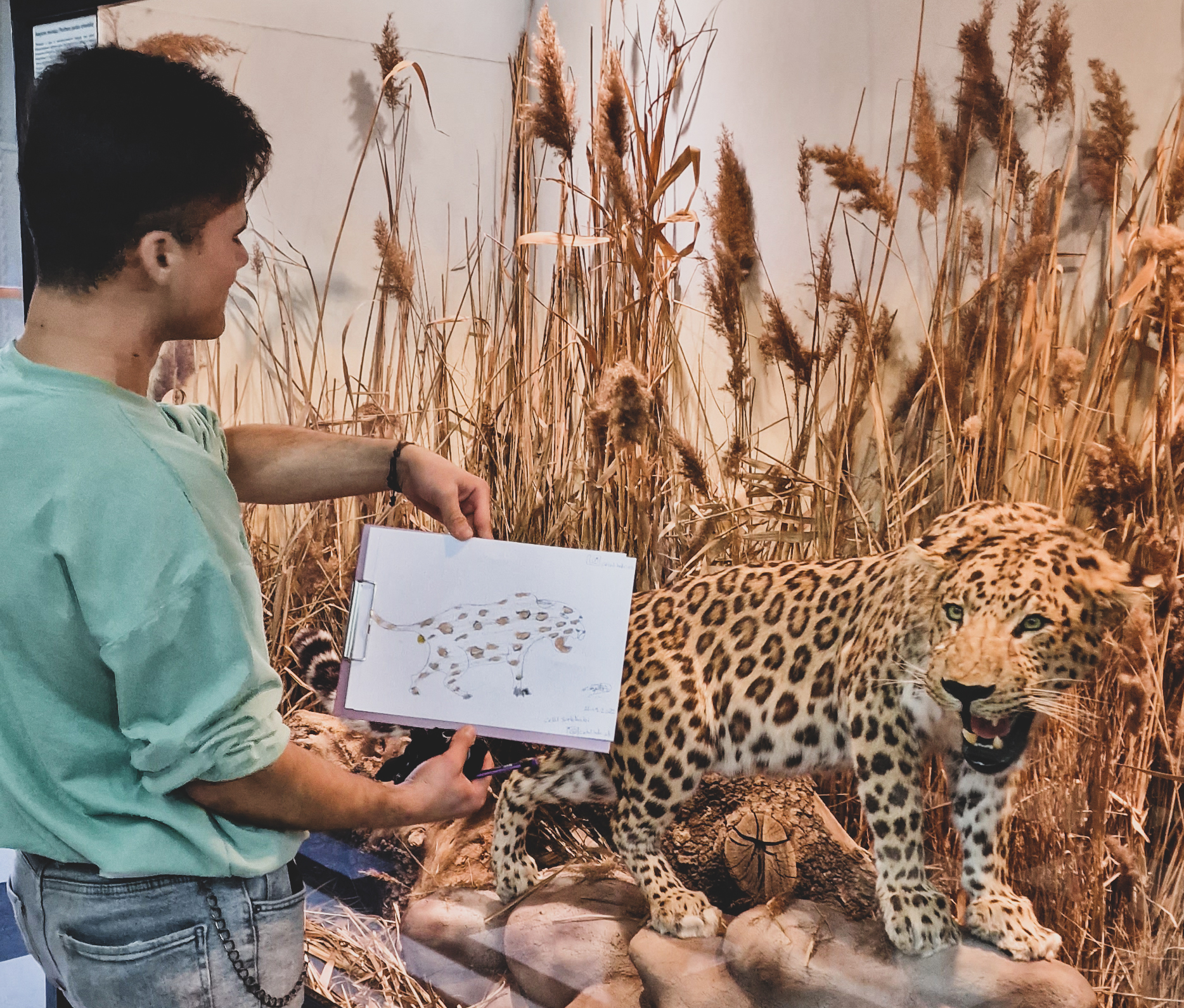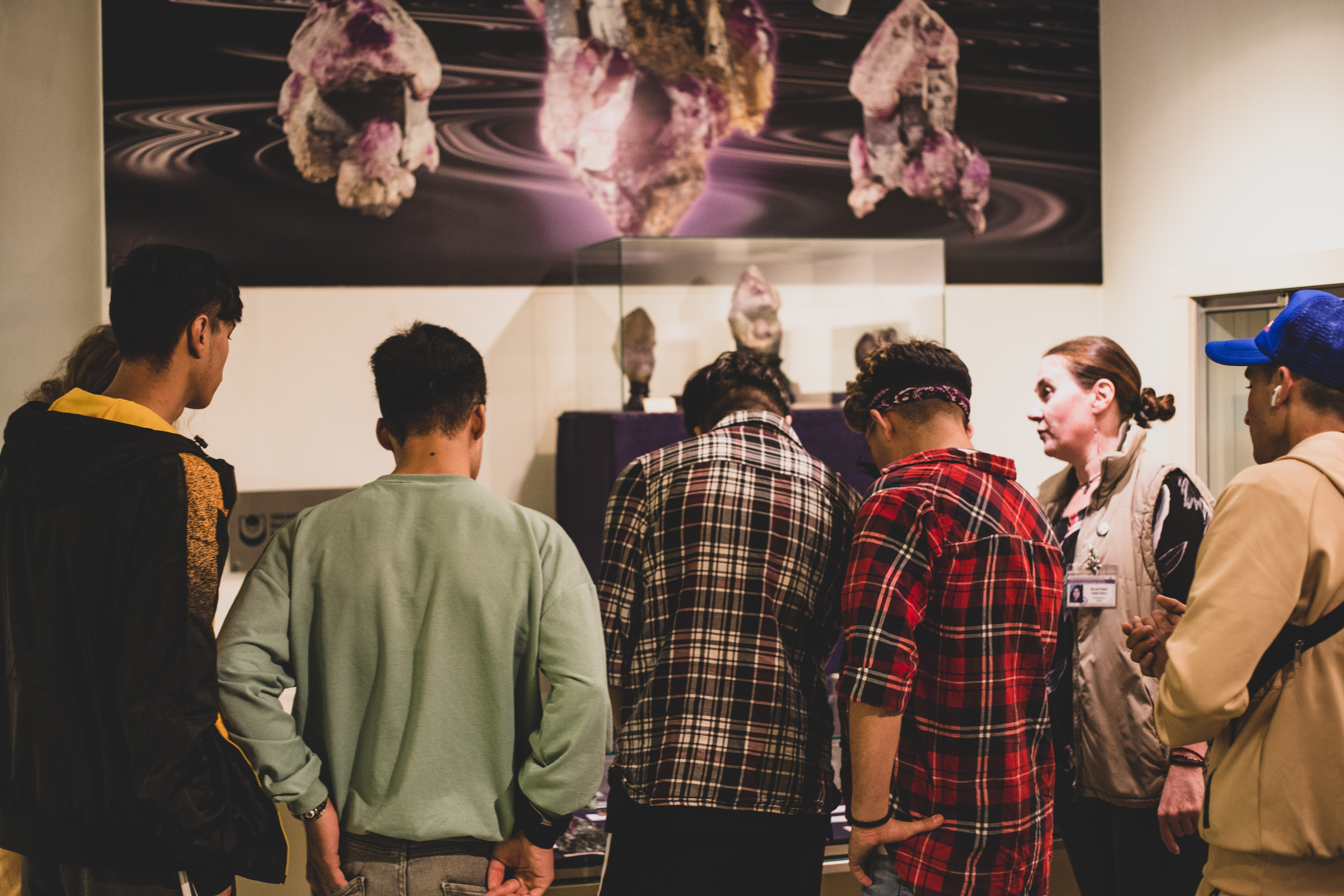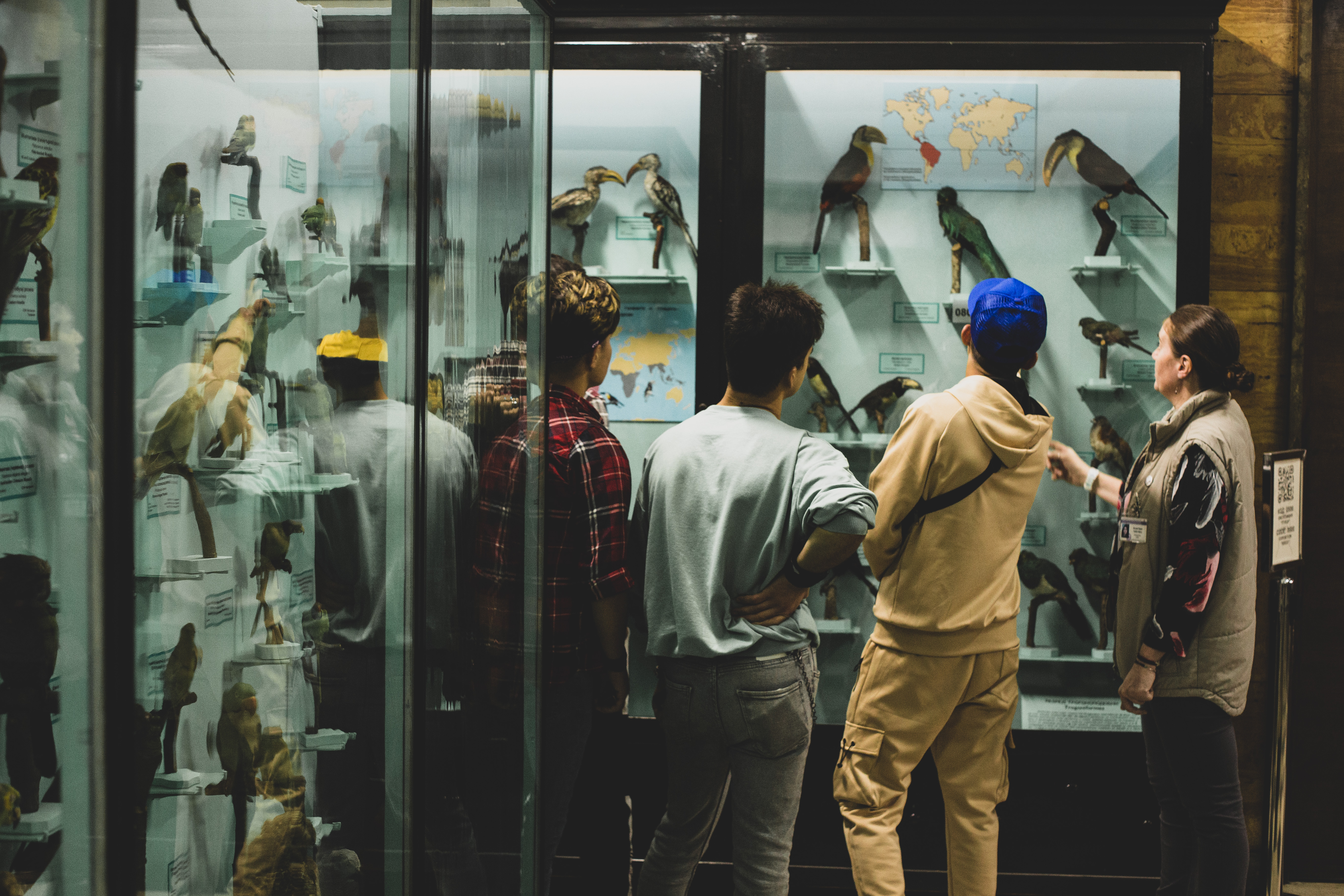-
Who We Are
WHO WE AREThe International Organization for Migration (IOM) is part of the United Nations System as the leading inter-governmental organization promoting since 1951 humane and orderly migration for the benefit of all, with 175 member states and a presence in over 100 countries. IOM has had a presence in Bulgaria since 2000.
About
About
IOM Global
IOM Global
-
Our Work
Our WorkAs the leading inter-governmental organization promoting since 1951 humane and orderly migration, IOM plays a key role to support the achievement of the 2030 Agenda through different areas of intervention that connect both humanitarian assistance and sustainable development. Across Bulgaria, IOM assists the development of national mechanisms to combat and counteract trafficking in human beings and supports victims of trafficking.
Cross-cutting (Global)
Cross-cutting (Global)
- Data and Resources
- Take Action
- 2030 Agenda
Visit to the Natural History Museum in Sofia
In a time when appreciation of the natural world and care for the environment is of paramount importance, it is vital for children and young adults to become aware of the environmental problems and develop a sense of duty for building a better, more sustainable future. One of the best ways of fostering a sense of respect for nature in the young people is by enriching their understanding of it and revealing its profound complexity and beauty.
Regarding the above mentioned, members of the IOM team working at the Safety Zone in RRC Sofia – Voenna Rampa escorted a group of unaccompanied asylum-seeking minors on a visit to the National Museum of Natural History in Sofia.
The trip was organized by ARM-BG, in realisation of their project RECULT, which aims at using art and visual culture to facilitate the integration of asylum-seekers, refugees, migrants and cultural minorities. The asylum-seeking minors had the chance to see the museum’s rich collection and learn interesting facts about the formation of life on the planet. The professional tour guide from the museum also acquainted them in detail with the various animal species, many of which are now endangered, and why it is important to do everything possible to protect them from extinction.
After the museum tour, the children had a drawing session, during which they could pick the animal exhibit that impressed them the most and reproduce it on paper. Using art as a tool for understanding and appreciating nature proved to be effective as all the children openly express their sense of delight and fulfilment.



